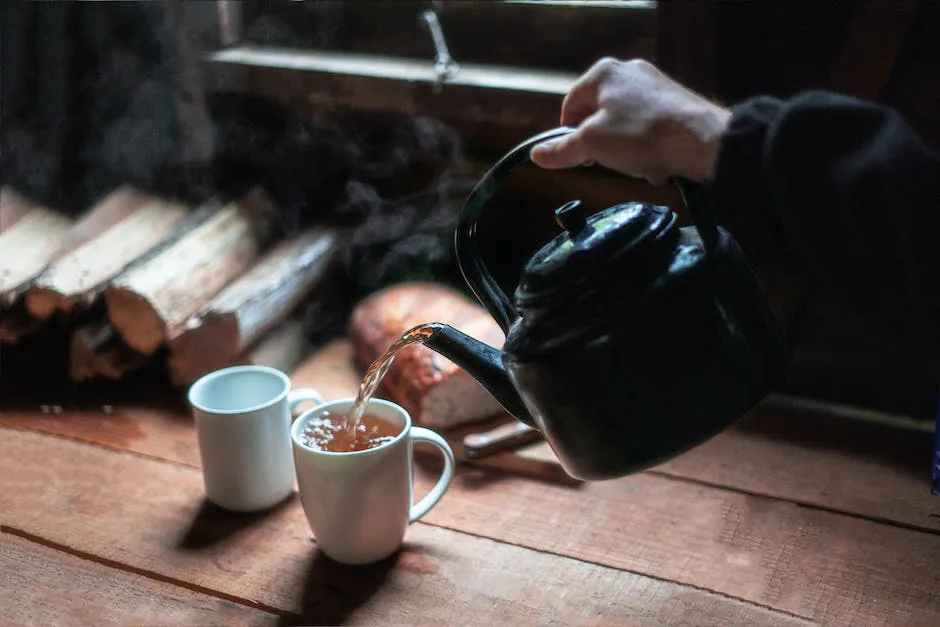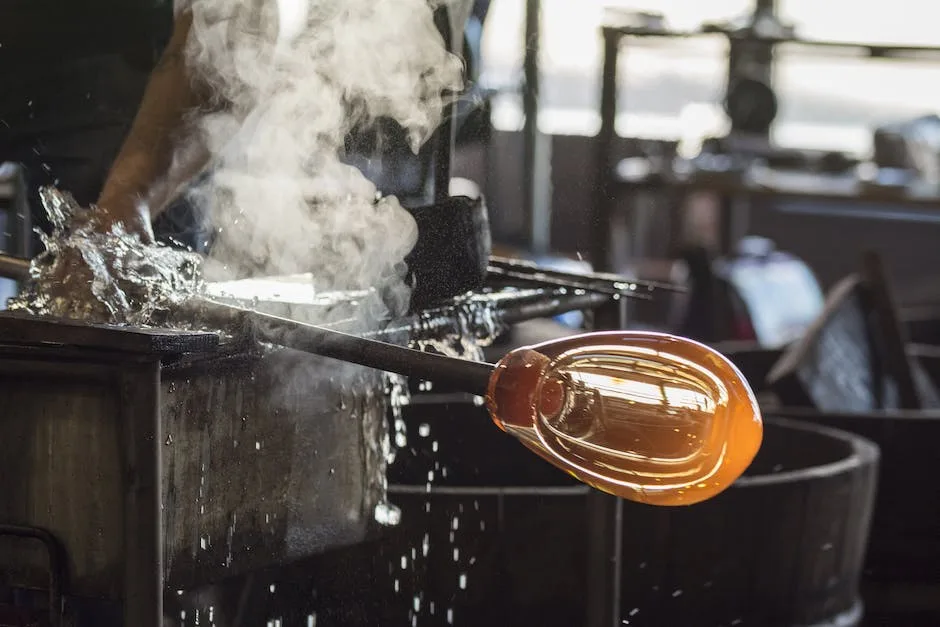You can, but you shouldn’t. The water will cause the container to warp and could leach chemicals into your food.
You should not steam microwavable containers. The steam can cause the container to warp or melt, which could lead to injuries.
Can you put a plastic container in a steam oven?
Most oven safe cookware is safe for use in the Convection Steam Oven (CSO), such as glass-ceramic, Pyrex, and heatproof glass. Do not use cookware that would not go in a normal oven. Tupperware and similar containers are not oven safe.
Steaming leche flan in a microwavable container is possible, but there are a few things to keep in mind. Make sure the container is microwave-safe and large enough to fit the leche flan. Also, be sure to use a toothpick or skewer to poke holes in the top of the leche flan before steaming, so that it doesn’t explode in the microwave. Finally, don’t forget to allow for extra steaming time if you’re using a microwavable container.





Are microwavable containers safe
While the World Health Organization has stated that microwaving food is generally safe, there is some evidence that microwaving in plastic containers can lead to increased leaching of chemicals into the food. Even if a plastic container is labeled as “microwave safe,” it is still important to be aware of the potential risks associated with microwaving in plastic.
Unless stated on the product, food plastic wrap is not recommended to be heated. Untreated plastic wrap can release chemicals and melt when heated.
Will steam melt plastic?
The melting point of a plastic is the temperature at which it changes from a solid to a liquid state. The melting point of a plastic is determined by its chemical makeup.
Bisphenol A (BPA) is a synthetic chemical that is used in the production of certain plastics, including those that are used to store food and beverages. Of particular concern is that BPA can leach out of these plastics more rapidly when the plastic is heated. So now we have this ironic moment – where you are steaming your food in order to benefit your health, but are at the same time unknowingly impregnating your healthy food with a dangerous chemical.
What happens if you don’t use microwave safe containers?
It is advisable to avoid microwaving food and beverages in plastic containers as the heat can cause the BPA and Phthalates in plastics to leach into your food. Instead, transfer them into microwave-safe glass or ceramic containers.
You should never put any materials that contain metal in the microwave, as the metal can cause sparks and potentially start a fire. Similarly, foam-insulated cups, bowls, plates, or trays can also be dangerous, as the foam can release toxic chemicals when heated. Finally, stones, including massage stones, can also be unsafe in the microwave as they can heat up to extremely high temperatures and cause burns.
Can you steam Styrofoam
If you are using styrofoam containers to heat up food or beverages, stop! Styrofoam is made of polystyrene, which can release harmful chemicals into your food when it’s heated up. This is especially true if the food or beverage is acidic, like tomato soup or coffee. While polystyrene is considered safe by the FDA for contact with food at room temperature, it’s best to play it safe and avoid using it altogether. There are plenty of other options for food storage and consumption, so ditch the styrofoam and choose something safer for you and the environment.





While microwaves are a convenient way to cook food, they can also pose a safety risk if not used properly. One problem with microwaves is that they can heat food unevenly, leaving cold spots where bacteria can grow. This is especially a concern with raw meat, which can harbor dangerous bacteria such as E. coli, salmonella, or listeria. So it’s important to be cautious when microwaving any food that includes raw meat, whether it’s frozen or thawed. cook it thoroughly to reduce the chance of food poisoning.
Is melted plastic in microwave toxic?
You should avoid microwaving your food in plastic containers, as the chemicals in the plastic can leach into your food. Even if the container is labeled as “microwave-safe,” it is still best to transfer the food to a plate or bowl before microwaving it.
If you don’t store pre-cooked ready meals in the correct way, or heat them thoroughly, they may become contaminated with listeria bacteria that can cause food poisoning. Listeriosis can be especially dangerous for pregnant women and their unborn babies, and can lead to miscarriage, stillbirth, or premature delivery. It can also cause serious infection in young children and adults with weakened immune systems. To avoid contamination, be sure to store pre-cooked ready meals in the refrigerator and reheat them until they’re steaming hot before eating.
Can you steam plastic bottles
You can safely sterilize baby bottles using: hot water – boiling or steam sterilizing in a microwave or electric sterilizer cold water – using sterilization liquid or tablets UV light.
This is a quick and easy way to cook vegetables in the microwave. Simply chop any large vegetables into bite sized pieces, add them to a microwave-safe plastic bag, seal the bag, and cook on high for about 3 minutes. Be sure to leave a small gap in the seal so that steam can escape. This will ensure that your vegetables are cooked evenly.
What plastic is safe for boiling water?
While polypropylene is considered to be the safest of all plastics, it is still important to be aware of the potential risks associated with any type of plastic.Polypropylene is a robust plastic that is heat resistant, which means it is less likely to leach harmful chemicals into food or beverages when exposed to warm or hot water. However, as with all plastics, it is important to avoid exposing polypropylene to sharp objects or high temperatures, as this can cause the plastic to break down and release harmful chemicals.
Here are a few tips on steaming different types of fabrics:
– Most cottons, silks, wools and polyesters can be steamed.
– Waxed jackets, suede and materials that could possibly melt, like plastic, should not be steamed.
– When steaming delicate fabrics, hold the steamer a few inches away from the fabric and allow the steam to lightly fall onto the surface.
What materials Cannot be steam cleaned
Steam cleaners are amazing tools that can be used to clean a variety of surfaces and objects. However, there are some things that you should never clean with a steam cleaner. These include anything that can be damaged by heat, porous surfaces, large areas of carpet, and delicate items. By following these simple guidelines, you can ensure that your steam cleaner is used safely and effectively.





Plastic fumes are harmful to our health and can lead to various diseases. It is important to take measures to avoid exposure to these fumes.
Final Words
No, you cannot steam microwavable containers.
It is possible to steam microwavable containers, but it is important to read the directions on the container first. Some containers are not meant to be microwaved with water. Additionally, too much water can cause the container to break.
